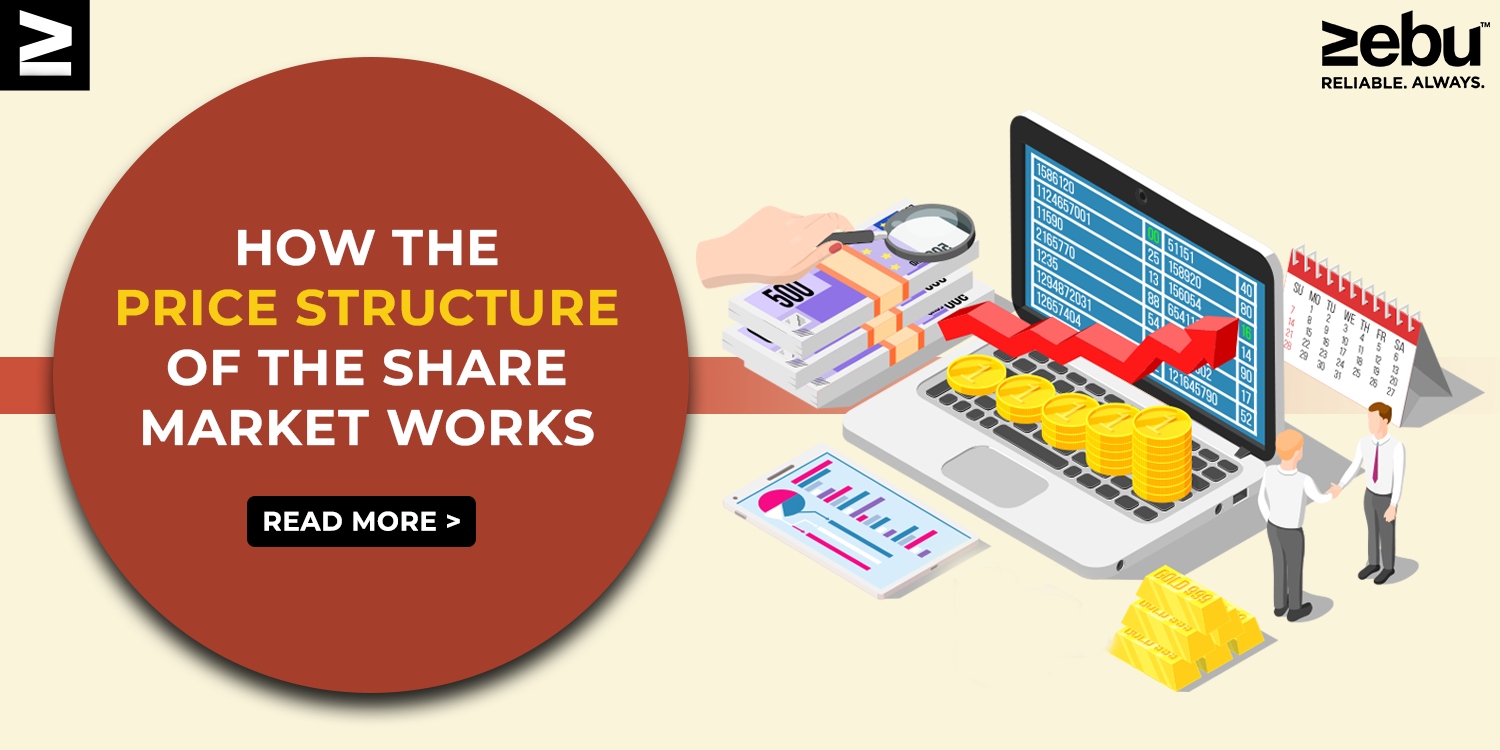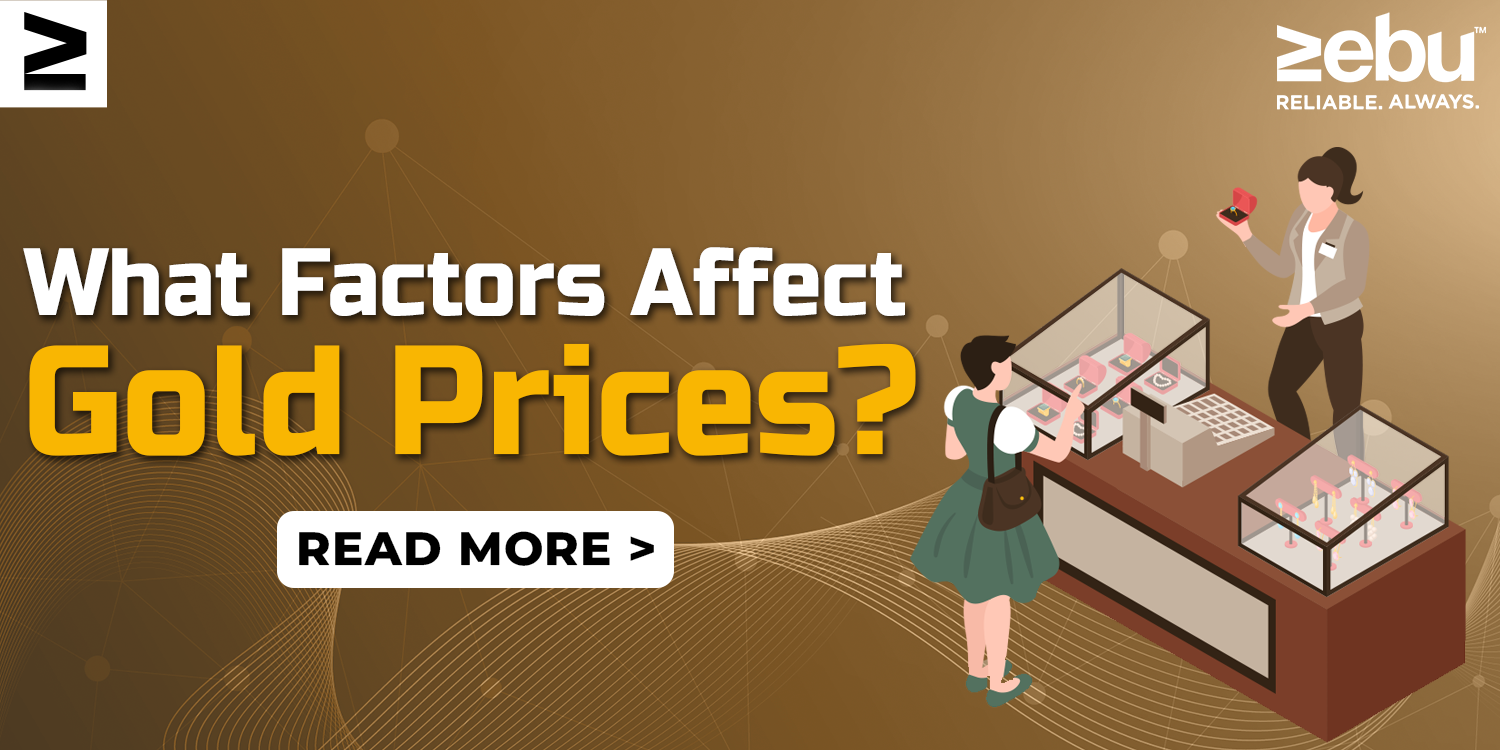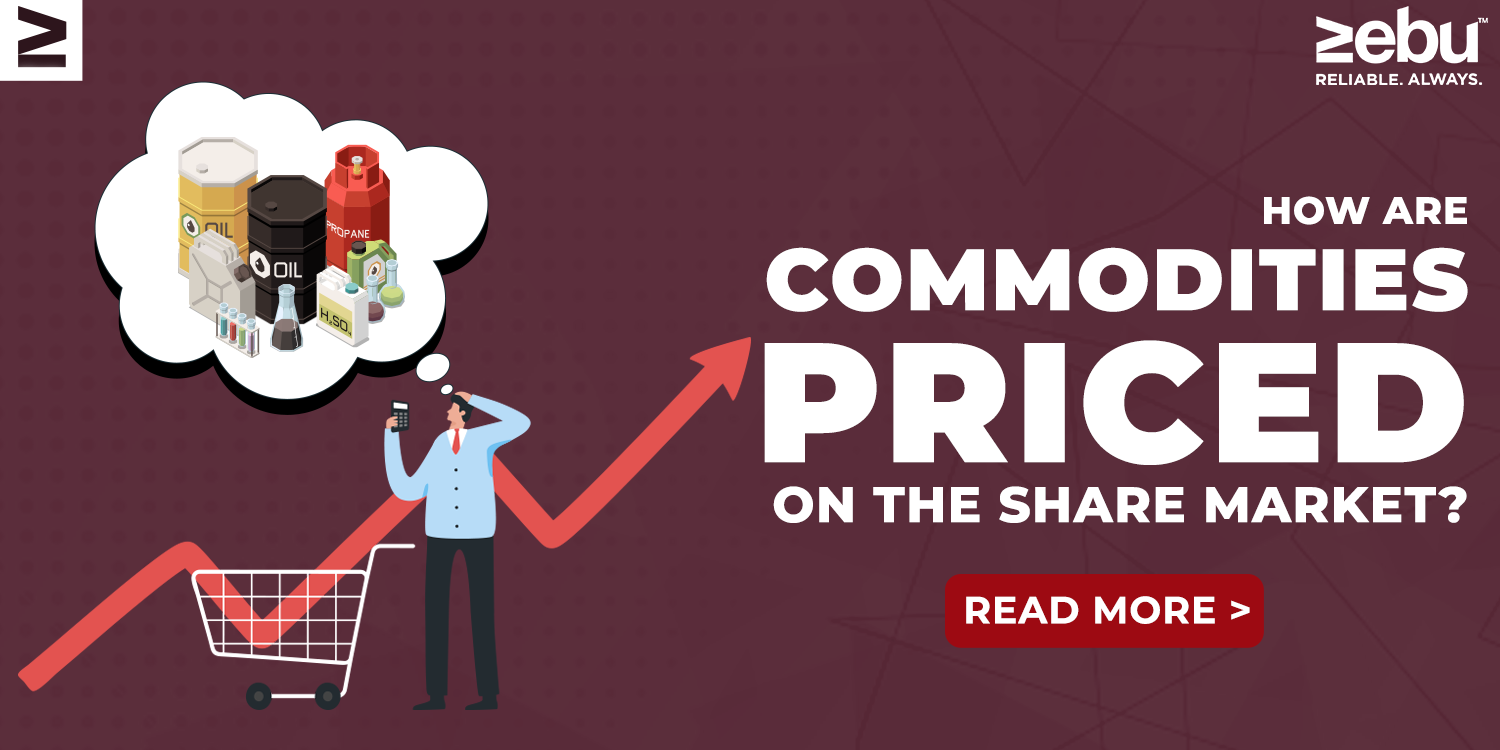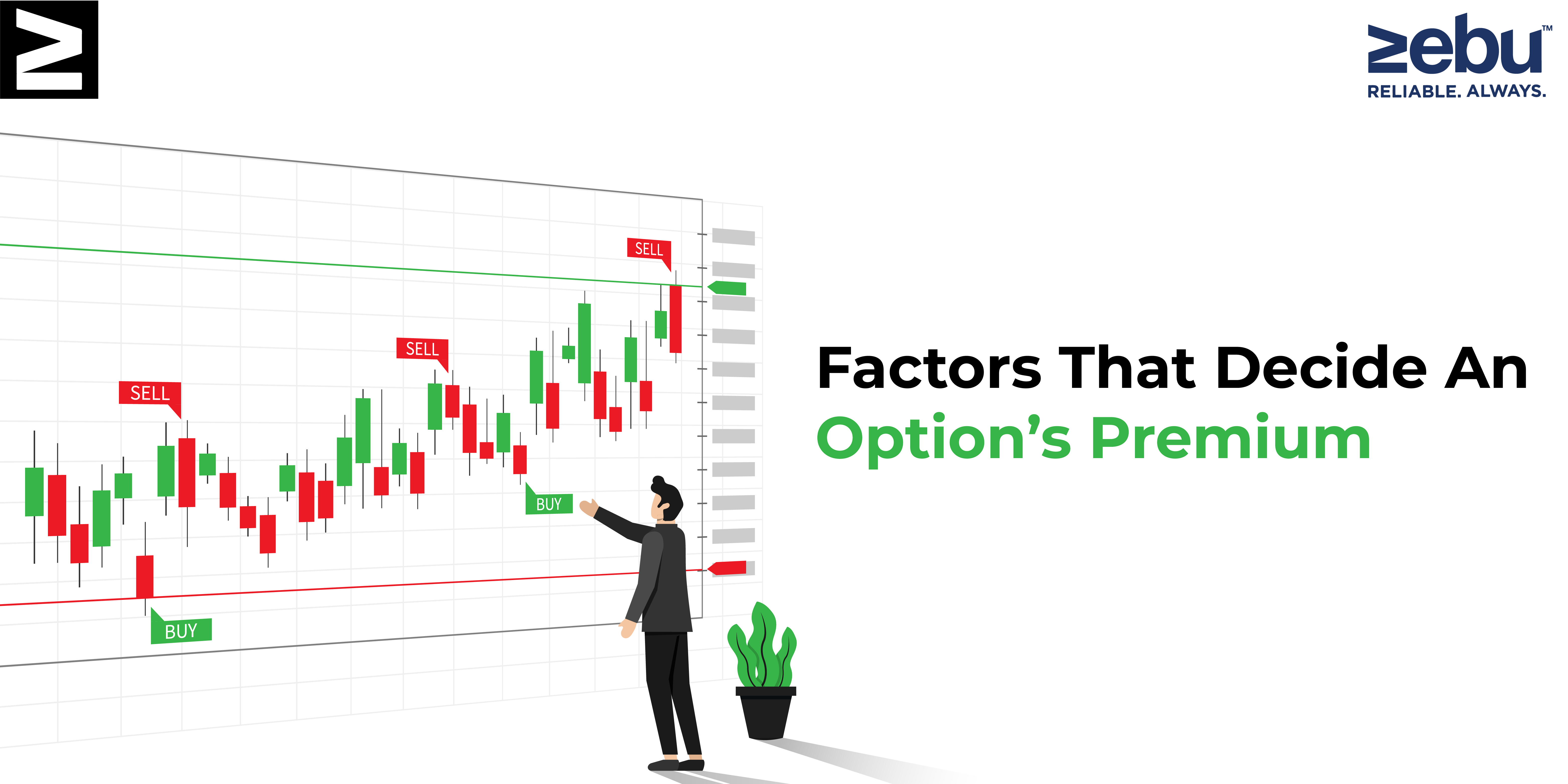
Stock prices on the market are affected by how much demand there is and how much supply there is. The market capitalization of a company affects part of its share price. This is the sum of the stock price times the number of outstanding shares. The most recent sale price is used to set the current asking price on the market. Let’s say that the last closing price of 100 shares of company XYZ was Rs 50, and you want to buy them. The fair market value of the share is (50 x 100), or Rs. 5,000.
The discounted cash flow method is another way to figure out what the fair price is. The fair price, according to the hypothesis, is equal to the sum of all future dividend payments discounted to the present value.
The stock market is a network of exchanges, brokerage firms, and brokers that connects businesses and investors. IPOs, which stand for “Initial Public Offerings,” is how companies get listed on the market before investors can buy their shares. An initial public offering (IPO) can tell what a company’s market capitalization is, and investors can choose shares from separate lists of large-cap, middle-cap, and small-cap companies on the stock markets.
Indexes are also used by stock exchanges. The Indian exchanges NSE and BSE use two different indices: Nifty and Sensex. These indices are made up of the best large-cap firms based on their market size and how popular their shares are. Most investors use these indicators to figure out where the market is going.
The bid-ask spread is another important term to know when you want to talk about how the stock market works. “Bid” is the amount that buyers are willing to pay for an underlying, which is often less than the “ask” price set by the seller. This difference in prices is called the bid-ask spread. For a deal to happen, the seller must lower the price they want and the buyer must raise the price they are willing to pay.
How to invest on the Indian Stock Exchange
Companies send SEBI a draught offer document that has information about the company. After getting approval, the company does an initial public offering (IPO) on the primary market to sell investors’ shares. The Company offers and gives shares to some or all of the investors who bid during the IPO. The shares are then listed on the secondary market, or the stock market, so that they can be bought and sold. After getting orders from their clients, brokers put those orders on the market. When a buyer and a seller are found, the trade goes well.


